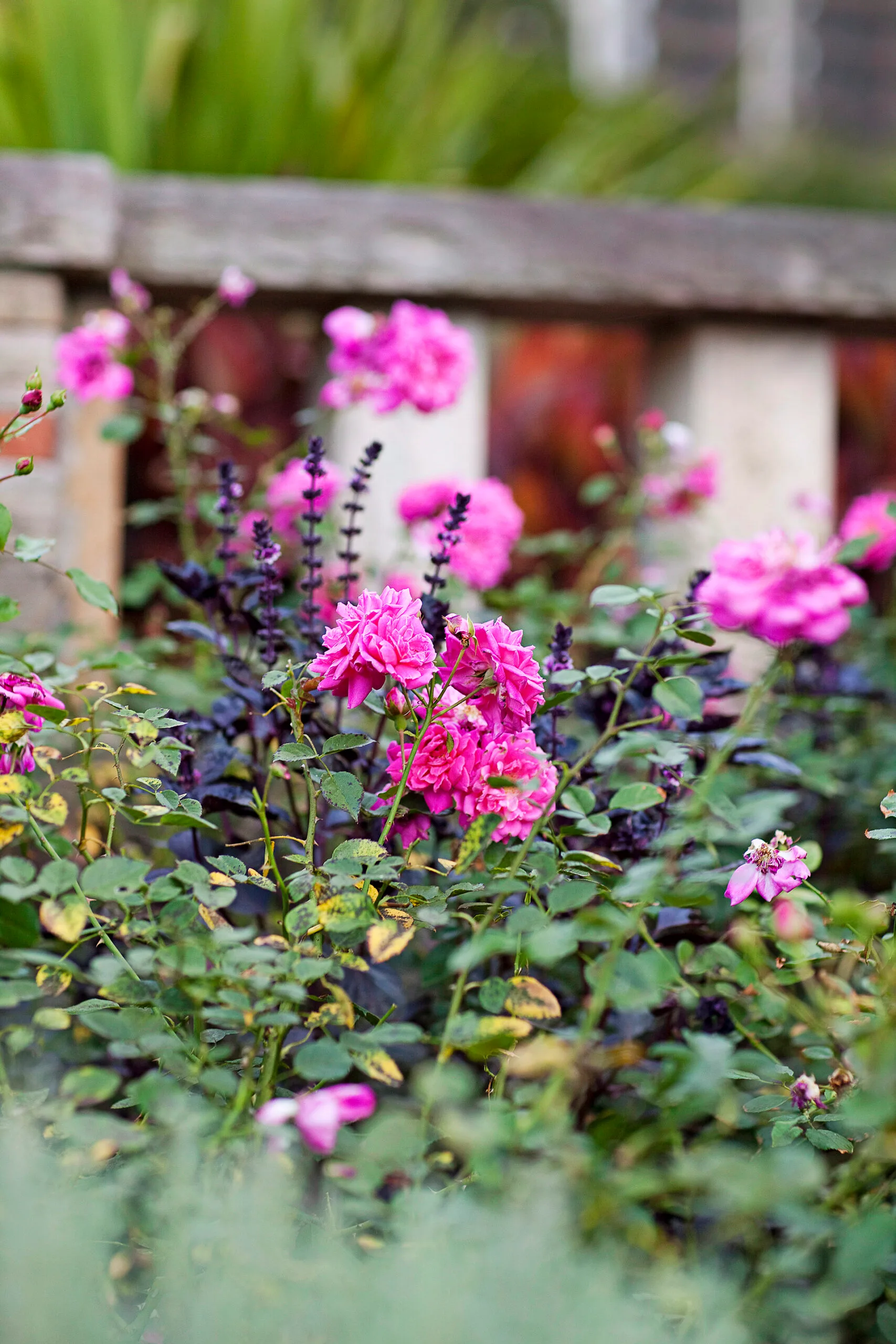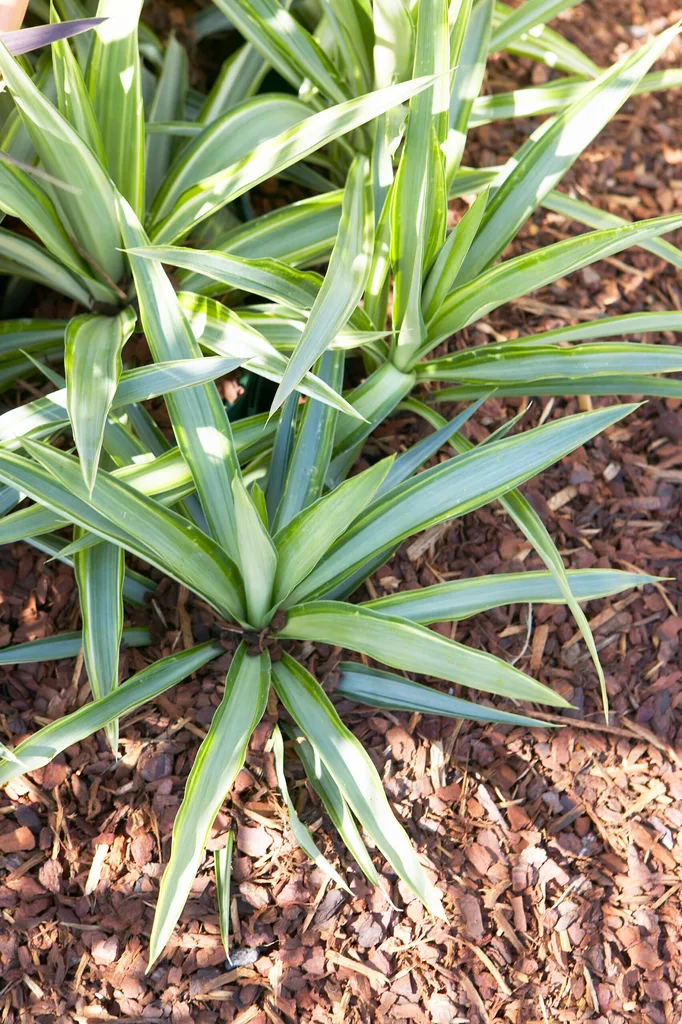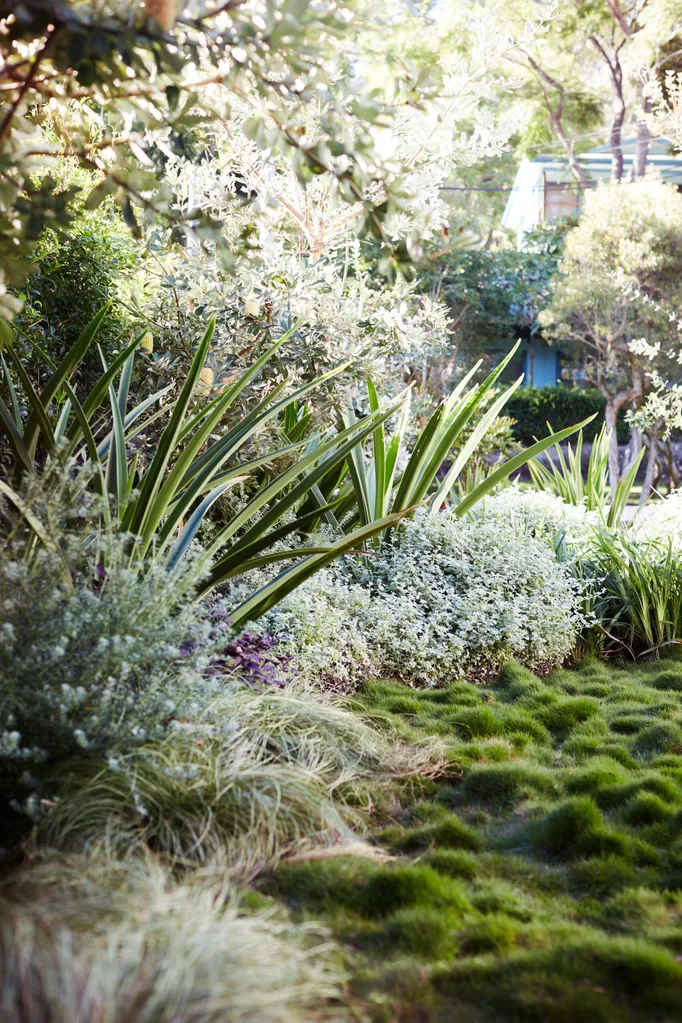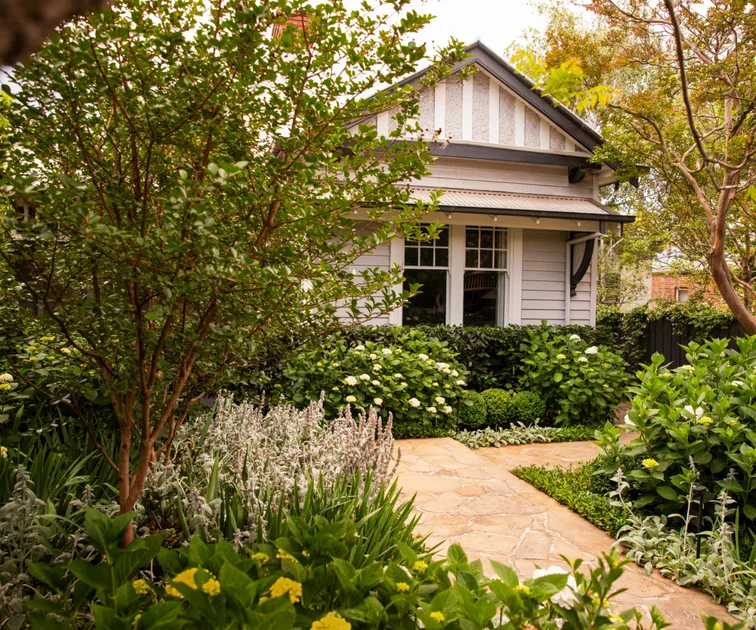With the short days and chilly mornings, there’s no denying that winter is with us, and with that, means the winter gardening jobs are upon us. With the long, hot days of summer now a distant memory, you might be surprised how some of those gardening jobs that seem like a chore in summer can be actually enjoyable to do in winter.
While it’s assumed that our gardens lie dormant during the cooler months, it’s important to remember that there are myriad tasks that need to be done in winter to help your garden rest and rejuvenate.
Here are 8 top tips for getting your winter garden in shape for spring.
1. Plant in new trees in winter
Think winter is not the right time for planting? Think again! At this time of year, there are many plants available that you won’t see at other times of year – including a huge number of rose varieties, deciduous fruit trees, and nut and ornamental trees, not to mention the gorgeous spring flowering trees.
In many parts of the country, they’ll be available as ‘bare-root’ or bagged stock. These are field-grown plants that are lifted while dormant. As they are sold soil-less, or in special bags, they are often substantially cheaper than regular potted plants, too, so you can get planting without busting the budget.

Much of the seasonal rose activity, especially pruning and planting, should take place in winter. (Photography: Chris Warnes)
2. Weed your lawn in winter
Many weeds are annuals and just like the lovely bloomers you plant in your garden or pots, they make merry for a short time. As your lawn is near dormant in winter, these fast-growing weeds can leave you with dead spots come spring. Why? They cut off the sunlight that’s already in short supply in winter.
As the weeds will be very obvious (chances are they’ll be looking lush and green and be standing taller than your lawn), then manual removal with a weeding tool is an easy and effective option.
If you decide to take a chemical approach, the first trick is to identify the weeds so you can decide on the best treatment. Bear in mind that even quality selective herbicides appropriately applied can cause your lawn a lot of stress in winter. So, use herbicides as a last resort.

While your lawn won’t need mowing as often in winter, it still needs weeding and feeding. (Photography: Martina Gemmola)
3. Feed your lawn soil
If you did the right thing and fed your lawn in early autumn, then it should be tolerating the cold conditions well right now. However, whether you fed it or not, you can still give turf a helping hand — not by feeding your lawn, but your soil. Keeping soil micro-organisms nourished can improve your lawn’s resilience, so apply a product such as a hose-on seaweed or organically fortified product.
4. Keep mowing in winter
During the cooler months, it’s best to mow with your catcher on, rather than mulch-mowing. This is because the mulched material can be too slow to break down in cold weather and can give rise to fungal problems.
It is important to still mow occasionally in winter. This is not just to trim the grass but also to pick up all the bits and pieces, such as twigs and leaves, which might be disrupting the all-important sunlight.

The lawn of our dreams on the NSW South Coast. (Photography: Robert Walsh)
5. Clear the garden of fallen leaves
Leaf fall in winter can become a major headache on paths and decks. Leaves are inclined to become wet and slippery creating a serious hazard and if allowed to sit on timber can create the perfect situation for rot in decking.
Manually rake dead leaves or, if you love a gadget, the fastest and most efficient way to manage rogue leaves is with a leaf blower. A blower lets you easily corral the leaves and then collect them to add to the garden as mulch or for the compost heap. Look for a lightweight design with variable speed and a vacuum bag or mulching feature.

A leaf blower will be your best friend in the cooler months. (Photography: Martina Gemmola)
6. Mulch your garden beds
It’s not the most glamorous of gardening tasks, but it’s crucial to mulch your garden at least once a year. Mulch is the unsung hero of the horticultural world: it helps retain moisture in the soil and prevents erosion; mulch inhibits weeds; it deposits nutrients and organic matter into the soil; and it has an insulating effect — keeping the soil warm in winter and cool in summer.
Choose from organic mulch (such as bark, straw, compost) or inorganic mulch (think pebbles or gravel), then remove weeds, old mulch, fallen leaves and other garden debris from your garden bed. Water the soil if it’s dry and apply your layer of mulch, staying about 3 cm away from tree trunks and plant stems. Lightly water your mulch and watch your garden thrive.

Mulch helps protect your plants while making your garden look more aesthetically pleasing.
7. Prune to promote growth
Now is a great time to be pruning many deciduous plants. Rose bushes should be pruned hard (reduce by as much as two-thirds), but if you’re in a frosty region, make sure new buds won’t be bursting while there’s still a frost risk.
With larger deciduous trees you can get a good look at their framework now. Many will benefit from reducing branch congestion inside the canopy, or you may find there is dead or damaged wood that wasn’t visible when cloaked with foliage. For small jobs, use long-handled loppers or a hand-pruning saw, but for larger branches, a chainsaw is the most effective and efficient way to prune.
8. Protect your plants from frost
If you live in Australia’s chillier southern regions, listen up. Frost can be dangerous for plants and trees since it causes the water inside plant cells to freeze and form ice crystals, which can rupture and damage the plant. But there are plenty of things you can do to protect your leafy friends from frost.
You can drape frost or shade cloth, hessian and even old sheets over precious plants and trees before nightfall if frost is forecast; remove it in the morning to ensure your plant gets ample sunlight. Install stakes around larger trees to help place the cloth, if needed.
Apply a generous layer of mulch (see above). For small plants and seedlings, consider protecting them with a cloche, tree guard or even a plastic bottle cut in half; this emulates a mini greenhouse effect. Try spraying leaves with a diluted seaweed solution to fortify your plants’ resistance to frost.
 In Australia, frost can occur at temperatures from 0°C to –3°C or lower. (Photography: Jared Fowler
In Australia, frost can occur at temperatures from 0°C to –3°C or lower. (Photography: Jared Fowler
So, there you have it. A little time spent toiling in the warmth of the winter sun will see your garden and lawn looking awesome come spring.
![]()
Homes To Love

